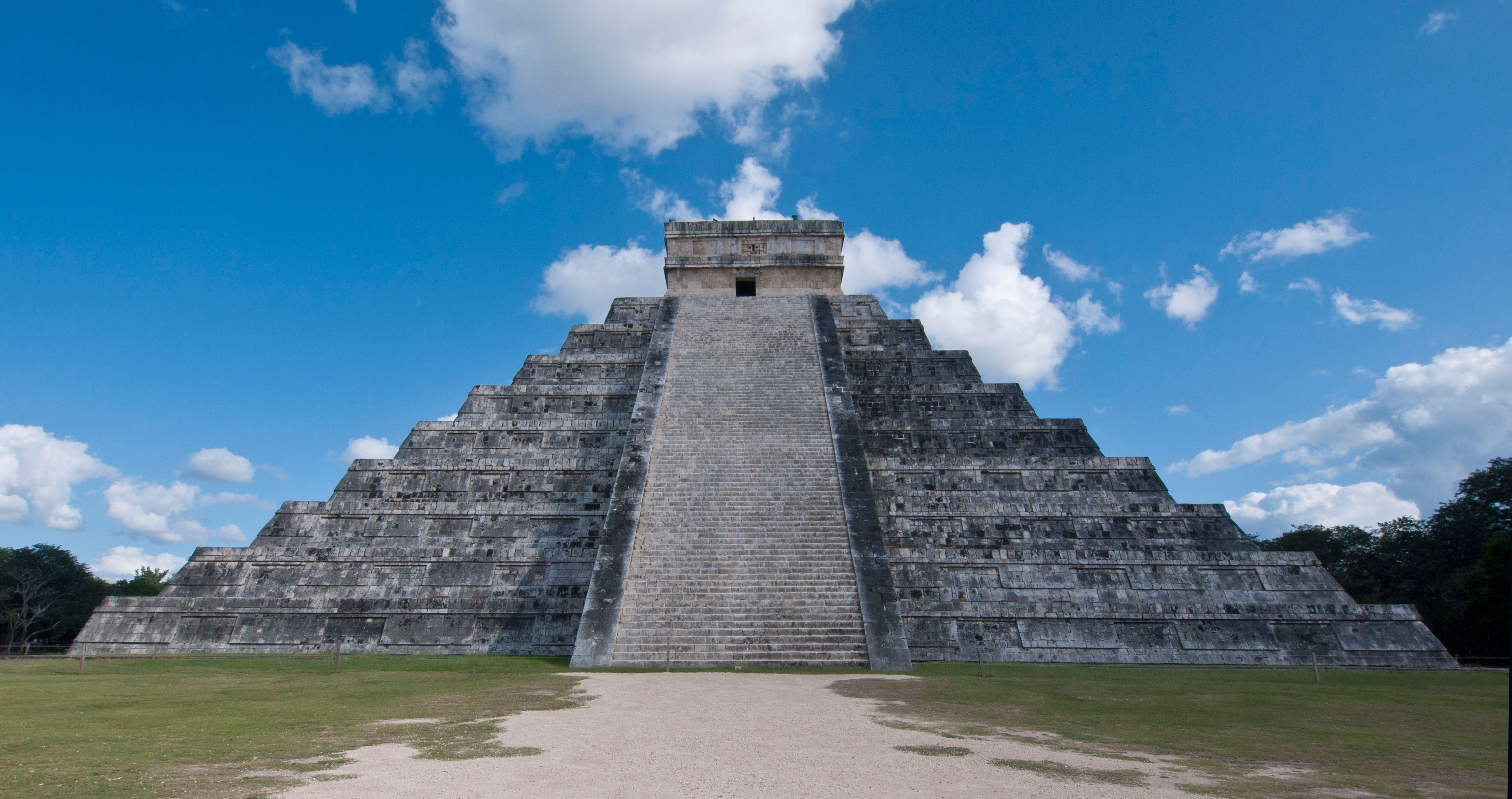Ama Intext Citation
The American Medical Association (AMA) style is a widely used citation format in medical and health sciences publishing. It provides a set of guidelines for formatting manuscripts, including citations, references, and bibliographies. When it comes to in-text citations, the AMA style has specific rules to follow, ensuring clarity and consistency in academic and professional writing.
Basic Principles of AMA In-Text Citations
In the AMA style, in-text citations are used to acknowledge the sources of information, ideas, or quotations used in a manuscript. These citations are typically placed at the end of a sentence or clause and are numbered according to their appearance in the text. The AMA uses a superscript number (e.g., ¹) for in-text citations, which corresponds to the first appearance of the source in the reference list.
Placement of Citations
Citations are placed after the information they cite, usually at the end of a sentence. If a citation applies to more than one sentence, it can be placed after the last sentence. For example:
The clinical presentation of the disease varies widely among patients.¹ The variability can be due to several factors, including age, genetic predisposition, and environmental influences.²
In this example, the superscript numbers ¹ and ² indicate the sources of the information in the sentences and correspond to the first and second entries in the reference list.
Citation of Different Source Types
The AMA style provides guidelines for citing various types of sources, including journal articles, books, book chapters, conference proceedings, and more. For each source type, there are specific requirements for what information must be included in the reference and how it should be formatted.
Journal Articles
For journal articles, the citation typically includes the authors’ names (up to six; if more, list the first three followed by “et al.”), the title of the article, the title of the journal (abbreviated according to the National Library of Medicine’s catalog), the year of publication, the volume number, and the page numbers.
Example: Smith J, Johnson K, Williams P, et al. New approaches to disease management. J Clin Med. 2022;11(10):1243-1254.³
Books
Book citations should include the authors’ names, the title of the book, the edition (if other than the first), the city of publication, the publisher, and the year of publication.
Example: Davis M. Principles of Medical Research. 2nd ed. New York, NY: Wiley; 2019.⁴
Book Chapters
For book chapters, include the names of the chapter authors, the title of the chapter, the title of the book, the edition (if applicable), the editors’ names, the city of publication, the publisher, and the year of publication, along with the page numbers of the chapter.
Example: Johnson T. Advances in diagnostic techniques. In: Smith B, ed. Medical Imaging. New York, NY: Springer; 2020:23-40.⁵
References
References in the AMA style are listed in the order they appear in the text. Each reference is assigned a number, which is used in the in-text citation. The reference list provides detailed information for each source, allowing readers to find and consult the original materials.
Best Practices
- Ensure all sources are properly cited both in-text and in the reference list.
- Double-check the formatting of citations and references against the AMA Manual of Style.
- Keep track of sources as you research and write to avoid missing citations.
- Use citation management tools, if available, to help format citations and references accurately.
By following these guidelines and best practices, writers can ensure that their in-text citations and references are formatted correctly according to the AMA style, enhancing the clarity, credibility, and professionalism of their work.
What is the purpose of in-text citations in the AMA style?
+In-text citations in the AMA style are used to acknowledge the sources of information used in the text, providing a quick reference for readers to locate the full citation in the reference list.
How are different types of sources cited in the AMA style?
+Different types of sources, such as journal articles, books, and book chapters, have specific citation formats in the AMA style. These formats are designed to provide the necessary information for readers to identify and locate the sources.
Why is it important to follow the AMA style guidelines for in-text citations and references?
+Following the AMA style guidelines ensures consistency, clarity, and professionalism in academic and professional writing. Proper citation also gives credit to the original authors and helps in avoiding plagiarism.
In conclusion, understanding and correctly applying the AMA style for in-text citations and references is crucial for producing high-quality, professional manuscripts in the medical and health sciences fields. By adhering to these guidelines, writers can effectively communicate their ideas, give proper credit to other authors, and contribute to the advancement of knowledge in their field.


